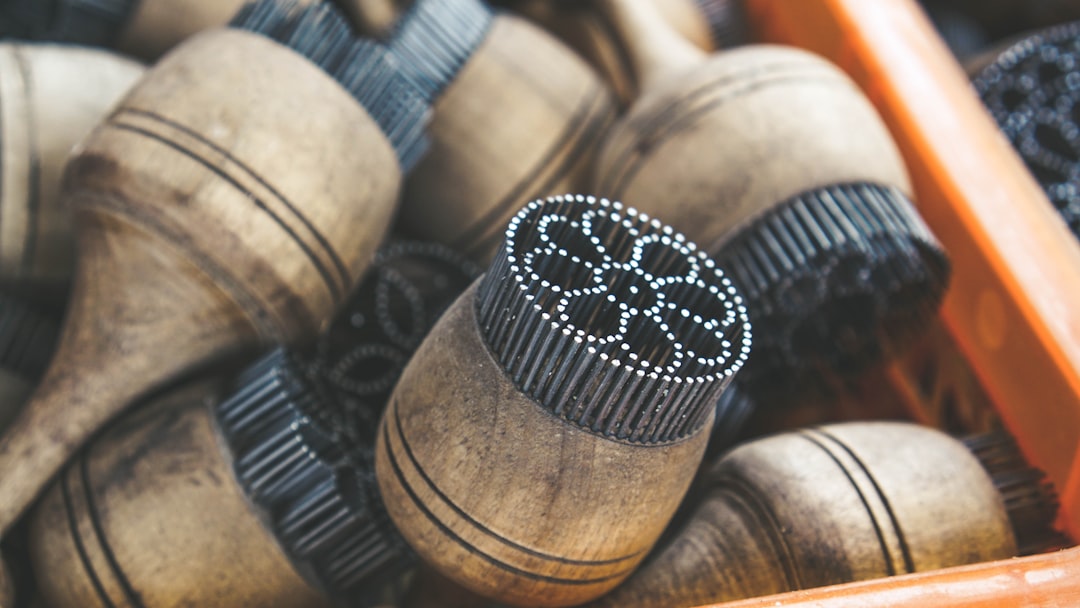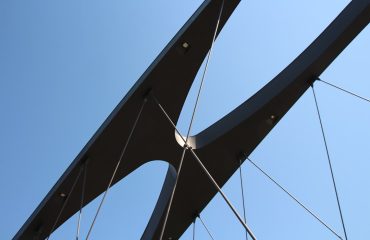body {
font-family: sans-serif;
line-height: 1.6;
}
h1, h2, h3 {
color: #333;
}
h1 {
font-size: 2.5em;
}
h2 {
font-size: 2em;
}
h3 {
font-size: 1.5em;
}
In the world of industrial and residential plumbing, the humble threaded pipe often goes unnoticed, yet it plays a crucial role in ensuring the safe and efficient transport of fluids. Understanding the features and advantages of threaded pipes is essential for anyone involved in pipework design, installation, or maintenance. This comprehensive guide will delve into the intricacies of threaded pipes, highlighting their strengths and applications.
Understanding Threaded Pipe Connections: A Closer Look
Threaded pipes, as the name suggests, utilize external threads cut into the pipe’s surface to create a secure connection. These threads engage with matching internal threads on fittings, creating a mechanically strong and relatively leak-proof joint. The process involves screwing the pipe into a fitting, effectively creating a tight seal. Several types of threads exist, including NPT (National Pipe Taper) which is common in North America, and BSP (British Standard Pipe) prevalent in other regions. The tapered nature of NPT threads helps to create a tighter seal as the pipe is tightened, compensating for minor imperfections.
Superior Strength and Durability: Why Threaded Pipes Endure
One of the primary advantages of threaded pipes is their exceptional strength and durability. The mechanical interlocking of the threads provides significant resistance to pressure and vibration, making them suitable for high-pressure applications. Compared to other joining methods like welding or solvent welding, threaded connections offer greater flexibility and ease of disassembly. This is particularly beneficial during maintenance or repairs, allowing sections of the pipework to be easily removed and replaced without the need for specialized equipment or extensive downtime.
Versatile Applications Across Diverse Industries
Threaded pipes find applications in a wide range of industries. From residential plumbing and gas lines to industrial process piping and oil and gas infrastructure, their versatility is undeniable. Their ability to handle various fluids, from water and gas to chemicals and oils, makes them a staple in many sectors. The ease of installation and repair contributes to their widespread use, especially in situations where access might be limited or where frequent maintenance is required. The ability to easily incorporate valves, elbows, and other fittings further enhances their adaptability.
Ease of Installation and Maintenance: A Cost-Effective Solution
The simplicity of installing threaded pipes significantly reduces labor costs and installation time. Unlike welding, which requires specialized skills and equipment, threading can be performed with relatively simple tools. This ease of installation translates to lower overall project costs. Furthermore, maintenance and repair are significantly simpler. Leaking connections can be easily identified and repaired by tightening the fitting or replacing a damaged section of pipe, minimizing downtime and disruption.
Material Selection and Thread Types: Choosing the Right Pipe for the Job
The choice of material for threaded pipes depends heavily on the application. Common materials include black iron, galvanized steel, copper, and various types of plastic. Black iron pipes are known for their strength and durability, while galvanized steel provides corrosion resistance. Copper offers excellent corrosion resistance and is often used in potable water systems. Plastic pipes, such as PVC and CPVC, are lightweight, corrosion-resistant, and are suitable for low-pressure applications. Understanding the different thread types (NPT, BSP, etc.) and their compatibility is crucial for ensuring a leak-free connection. Using the correct thread sealant or tape is also vital for creating a reliable and durable seal.
In conclusion, threaded pipes represent a robust and versatile solution for a wide array of piping applications. Their strength, durability, ease of installation, and cost-effectiveness make them a preferred choice across various industries. Understanding the nuances of thread types, material selection, and proper installation techniques is key to harnessing the full potential of these unsung heroes of robust piping systems.
SEO-Friendly Tags:
- Threaded Pipe
- Pipe Fittings
- Plumbing Supplies
- NPT Pipe
- BSP Pipe




